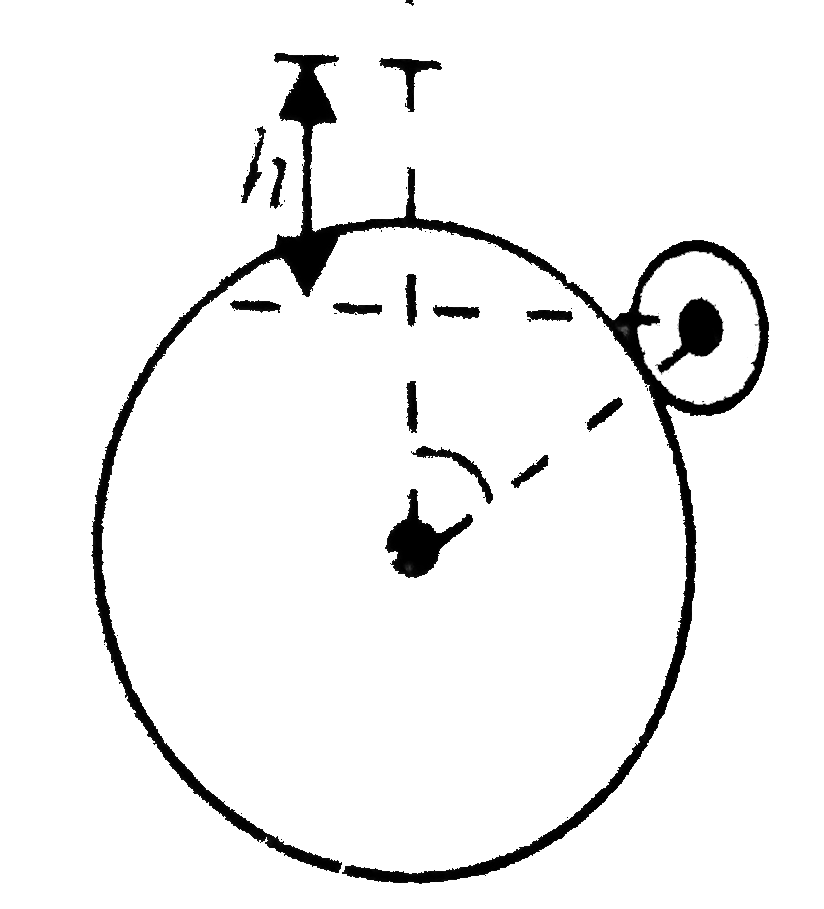A
B
C
D
Text Solution
Verified by Experts
The correct Answer is:
Topper's Solved these Questions
RIGID BODY DYNAMICS 2
CENGAGE PHYSICS|Exercise Multiple Correct|26 VideosRIGID BODY DYNAMICS 2
CENGAGE PHYSICS|Exercise Linked Comprehension|71 VideosRIGID BODY DYNAMICS 2
CENGAGE PHYSICS|Exercise Subjective|19 VideosRIGID BODY DYNAMICS 1
CENGAGE PHYSICS|Exercise Integer|11 VideosSOUND WAVES AND DOPPLER EFFECT
CENGAGE PHYSICS|Exercise Integer|16 Videos
Similar Questions
Explore conceptually related problems
Knowledge Check
CENGAGE PHYSICS-RIGID BODY DYNAMICS 2-Single Correct
- A uniform ball of radius r rolls without slipping down from the top of...
Text Solution
|
- A solid sphere rests on a horizontal surface. A horizontal impulse is ...
Text Solution
|
- In Fig a sphere of radius 2 m rolls on a plank. The accelerations of t...
Text Solution
|
- A ring of radius R is first rotated with an angular velocity omega and...
Text Solution
|
- Two bodies with moment of inertia I1 and I2 (I1 gt I2) have equal angu...
Text Solution
|
- In Fig. the velocities are in ground frame and the cylinder is perform...
Text Solution
|
- A sphere has to purely roll upwards. At an instant when the velocity o...
Text Solution
|
- A string is wrapped around a cylinder of mass M and radius R. The stri...
Text Solution
|
- A smooth uniform rod of length L and mass M has two identical beads of...
Text Solution
|
- A uniform thin rod of length l and mass m is hinged at a distance l//4...
Text Solution
|
- A disc is rotated about its axis with a certain angular velocity and l...
Text Solution
|
- A uniform circular disc of mass M and radius R rolls without slipping ...
Text Solution
|
- A child is standing with folded hands at the center of a platform rota...
Text Solution
|
- A yo-yo is placed on a rough horizontal surface and a constant force F...
Text Solution
|
- A ring, cylinder and solid sphere are placed on the top of a rough inc...
Text Solution
|
- If a spherical ball rolls on a table without slipping, the fraction of...
Text Solution
|
- A disc of mass m and radius R moves in the x-y plane as shown in Fig. ...
Text Solution
|
- A spool is pulled horizontally on rough surface by two equal and oppos...
Text Solution
|
- A uniform sphere of mass m radius r and moment of inertia I about its ...
Text Solution
|
- An impulse J = mv at one end of a stationary uniform frictionless rod ...
Text Solution
|
